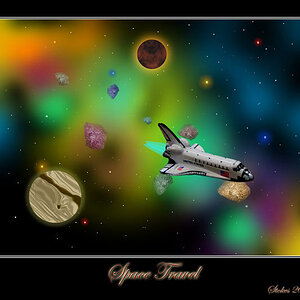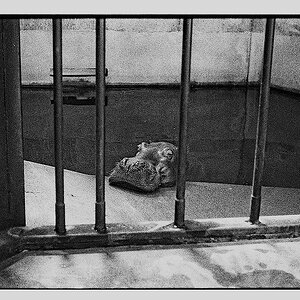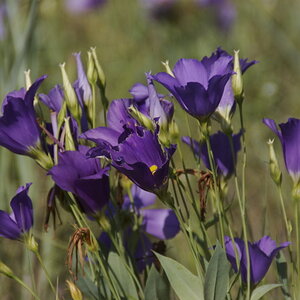brileyphotog
TPF Noob!
- Joined
- Feb 21, 2008
- Messages
- 272
- Reaction score
- 0
- Location
- Michigan
- Can others edit my Photos
- Photos NOT OK to edit
There is no "perceived" problem with the UV filter but there is a real problem. Although barely noticeable, it does shift the color balance. Instead of the UV filter, you might consider a clear glass protector filter but don't forget to remove it when you put on the polarizer.
The UV filter does shift color balance...it knocks down excessive bluishness and haze (primarily UV reflections from dust in the atmosphere)...which is usually a good thing. It also tends to eliminate purple fringing (although it might cause additional flare). And in my experience, you can stack multiple filters on top of each other without vignetting depending on the lens diameter. At 82 mm I have no problems with multiple filters but with 52 I do.
Granted, UV usually doesn't have as much of an effect on digital sensors as it did on film.


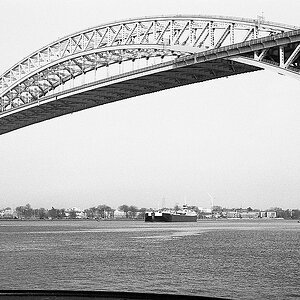
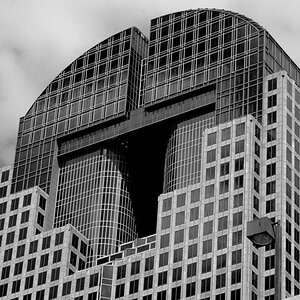

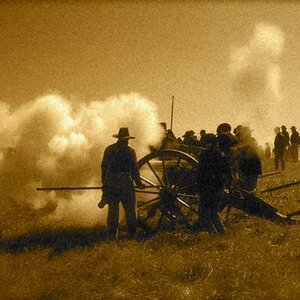


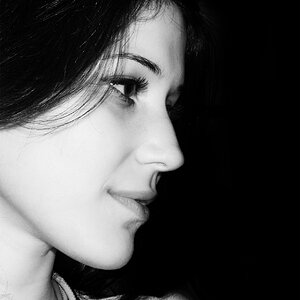
![[No title]](/data/xfmg/thumbnail/33/33023-51777cffdd160249e68e593d19942418.jpg?1619735835)
